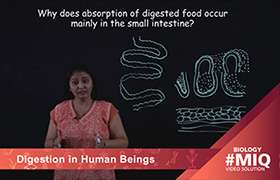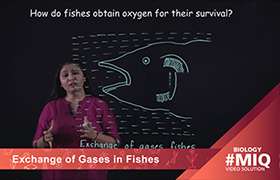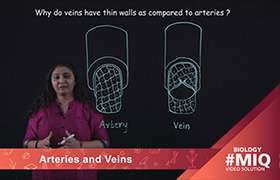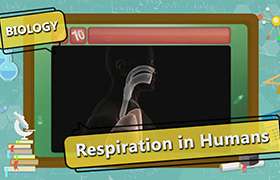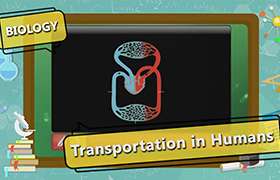CBSE Class 10 Answered
The kidneys have three basic mechanisms for separating the various components of the blood: filtration, reabsorption, and secretion. These three processes occur in the nephron, the functional unit of the kidney.
i) Renal corpuscle (glomerulus and Bowman's capsule) - Blood first enters the kidney through the renal artery, which branches into arterioles. These arterioles then carry the blood into the tiny blood vessels of the glomerulus. It is here, in the renal corpuscle, that filtration occurs. The glomerulus filters proteins and cells, which are too large to pass through the membrane channels of this specialized component, from the blood. Hence the proteins remain circulating in the blood throughout the body. The small particles such as ions, sugars and ammonia, pass through the membranes of the glomerulus into Bowman's capsule. These smaller components then enter the membrane-enclosed tubule. Hence, the fluid entering the tubule is identical to the blood, except that it contains no proteins or cells.
ii) Renal tubule - The tubule functions as a dialysis unit, in which the fluid inside the tubule is the internal solution and the blood (in capillaries surrounding the tubule) acts as the external solution. Particles may pass through the membrane and return to the blood stream in the process known as reabsorption. The reabsorption of many blood components is regulated physiologically. Alternatively, particles may pass through the membrane from the blood into this tubule in the process known as secretion. The most important particles that are secreted from the blood back into the tubules are H+ and K+ ions, as well as organic ions.
iii) Collecting Duct
The blood components that remain in the nephron, when the fluid reaches the collecting duct, are excreted from the body.The collecting duct from one nephron meets up with many others to feed into the ureter. The ureters (one from each kidney) enter the bladder, which leads to the urethra, where the liquid waste is excreted from the body in the form of urine.

